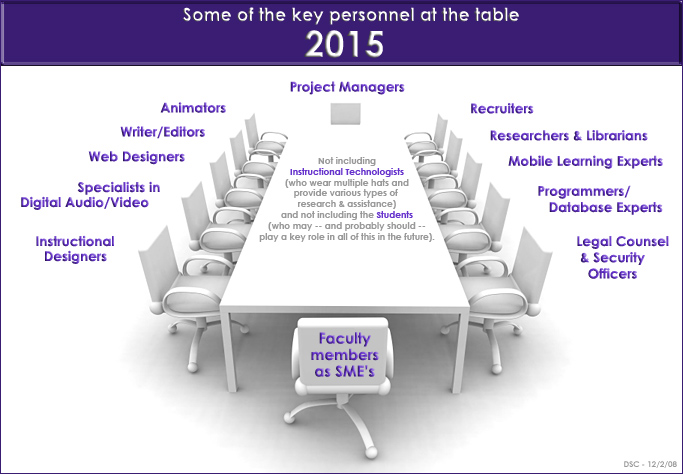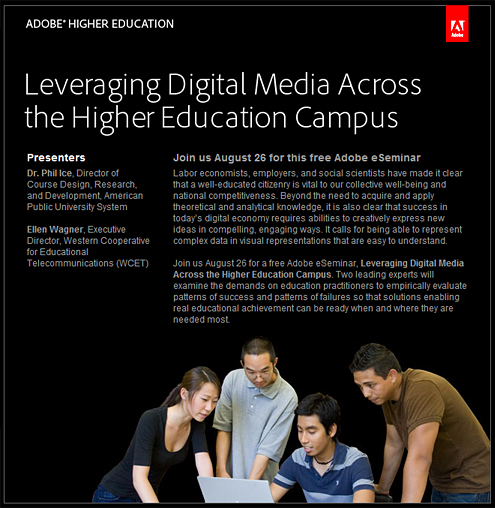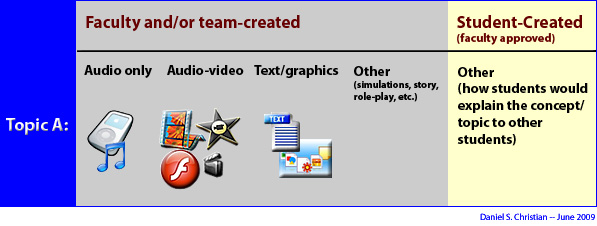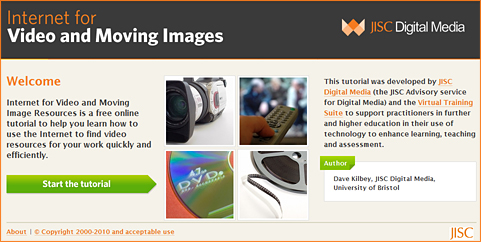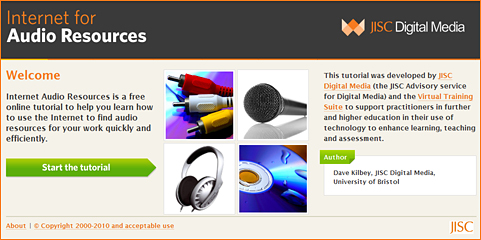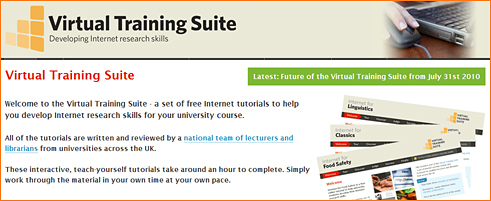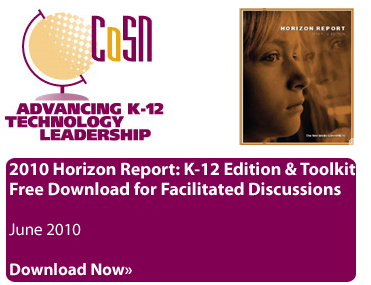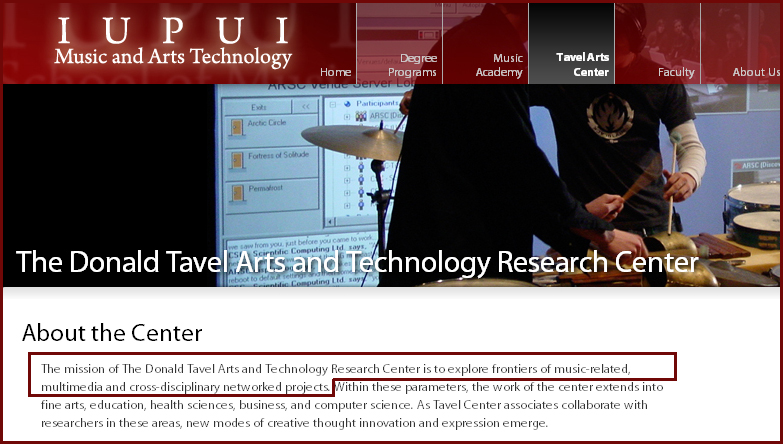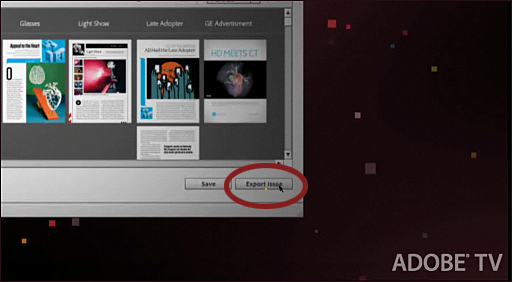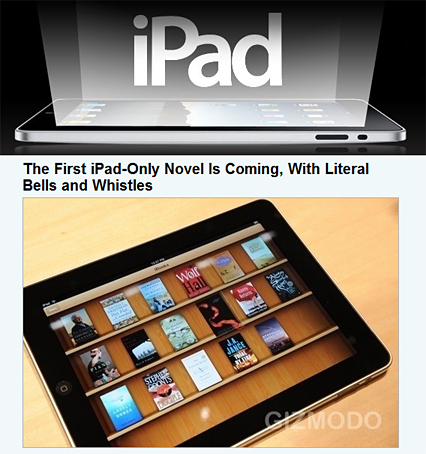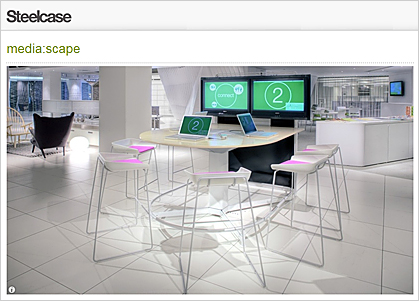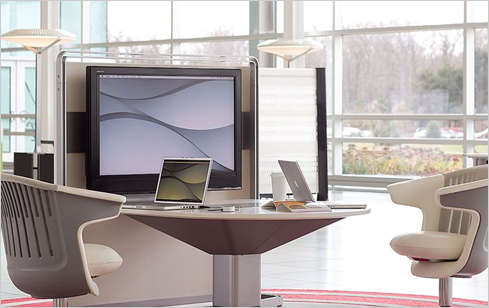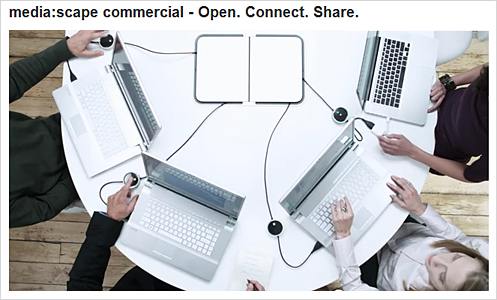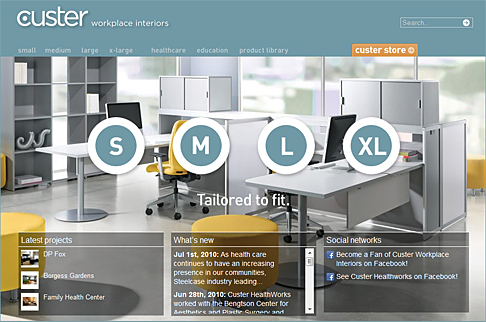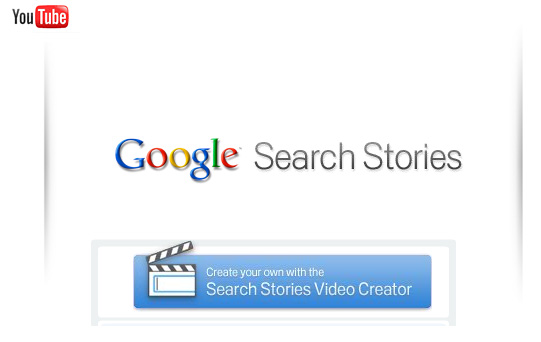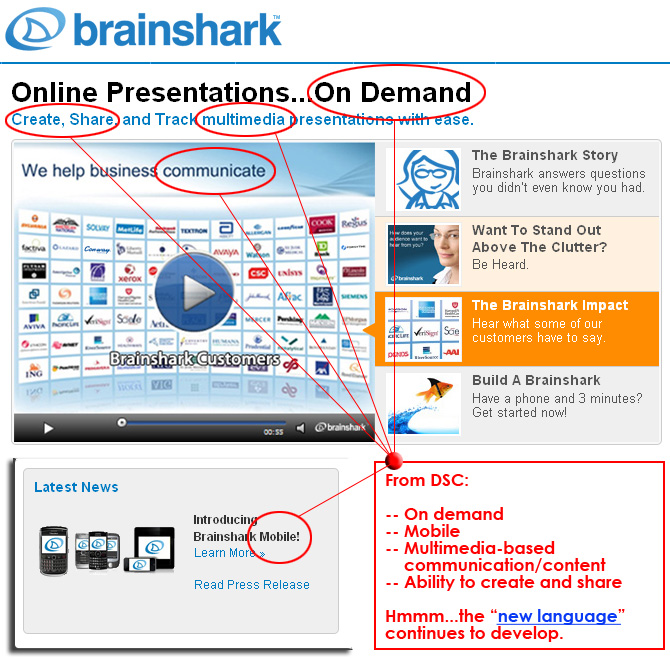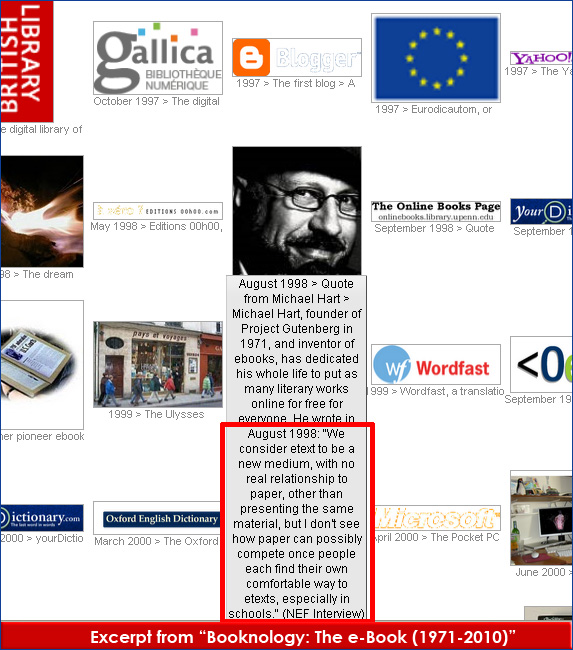Murdoch says iPad is a game changer — from PadGadget.com
News Corp announced their 4Q numbers [August 4] and during the earning call News Corp CEO, Rupert Murdoch, said the iPad was a “game changer” for the media industry.
News Corp has eagerly embraced the iPad and was one of the first media companies to launch a newspaper title for Apple’s new device. The Wall Street Journal app quickly shot to the top of the apps charts and has been a top download since the launch of the iPad back in April.
News Corp management is very excited by the tablet format with Chief Operating Officer Chase Carey saying the iPad has “transformed people’s expectations and the opportunities around mobile.” Carey went on to say “it is also a device that for the first time really starts to deliver on the promise of multimedia, where you can see how you could…go between what traditionally would be video content, printed content, advertising that really is attractive that you could penetrate through and engage with.”
Also see:
New online business model will succeed, says Rupert Murdoch
From DSC:
We need to deliver content in multiple ways…and let the students select what works best for them. If a particular student doesn’t connect with the information in one way, perhaps he/she will via another method.
For example…drawing from my own collegiate learning experience, I know that I would have benefited greatly from the use of animations in chemistry and organic chemistry…as I struggled all the way through those courses. I never connected with the material.
Also, they say that one really understands something when one has to teach it…so perhaps we could mentor students as they create their own teaching materials. The class of 2011 could start something…and the class of 2012 could tweak it…followed by the class of 2013, etc.
I tried to capture this a while back in the following graphic:
- Multimedia
- Cross-disciplinary
- Networked projects
- Music-related
Within these parameters, the work of the center extends into fine arts, education, health sciences, business, and computer science. As Tavel Center associates collaborate with researchers in these areas, new modes of creative thought innovation and expression emerge.
The story of the Department of Music and Arts Technology began in the mid-1990s when the shared campus of Indiana University and Purdue University began offering what was the first United States-based master of science degree in music technology. The focus was on educating students on computer-based music technology, multimedia and interactive design, and multimedia production techniques.
Also see:
The technology that saved a university degree program — from InsideHigherEd. by Dian Schaffhauser
Evaluating Part-Time Faculty — from Academic Impressions by Daniel Fusch
This fall, the US Department of Education is expected to release a report showing a further drop in the percentage of US faculty who are tenured or tenure-track (which as of 2007 had already dropped to 31%, down from 57% in 1975). This comes on the heels of a recent study published in the journal Educational Policy that showed lower persistence rates for freshmen who have many of their courses taught by adjuncts, prompting fresh debate over what the increased use of contingent faculty may mean for the quality of education.
From DSC:
I don’t mean to be critical or find fault here…but I do wonder how many resources are put into full-time faculty’s training and development in terms of helping them learn how to TEACH (vs. doing research, publishing their findings, etc.). Teaching is tough and is both a science and an art. Few can be good at everything.
Also, I think there is an emphasis on teaching at some institutions, but there may be more of an emphasis on publishing and doing research at other institutions.
For example, I went to Northwestern University in Evanston, IL. Currently, NU charges about $55,000 a year to go there. Does the student get top notch TEACHING? In many cases, I doubt it. The students may get subject matter experts (SME’s) who know their subject matter like the back of their hand or they make be taking a course from someone who has carved out a name for himself/herself in a particular discipline…but that doesn’t mean they know how to teach that material. Also, it doesn’t mean that many students will ever get to take a class from these folks, as they may be getting a grad student teaching some of their core courses…I know I did.
Also, this is all the more reason that teams of specialists will be/should be used to create and deliver content. You want the best SME’s you can get…but you need to back them up with the resources to create the best all-around product. You need the skillsets found in instructional designers, programmers, web designers, interaction designers, graphic designers, legal experts, etc. — the best that you can afford to create engaging, interactive, multimedia-based, personalized content.
You can bet that the “Forthcoming Walmart of Education” will get this right! And when they do, watch out. They will leave many institutions in their dust.
